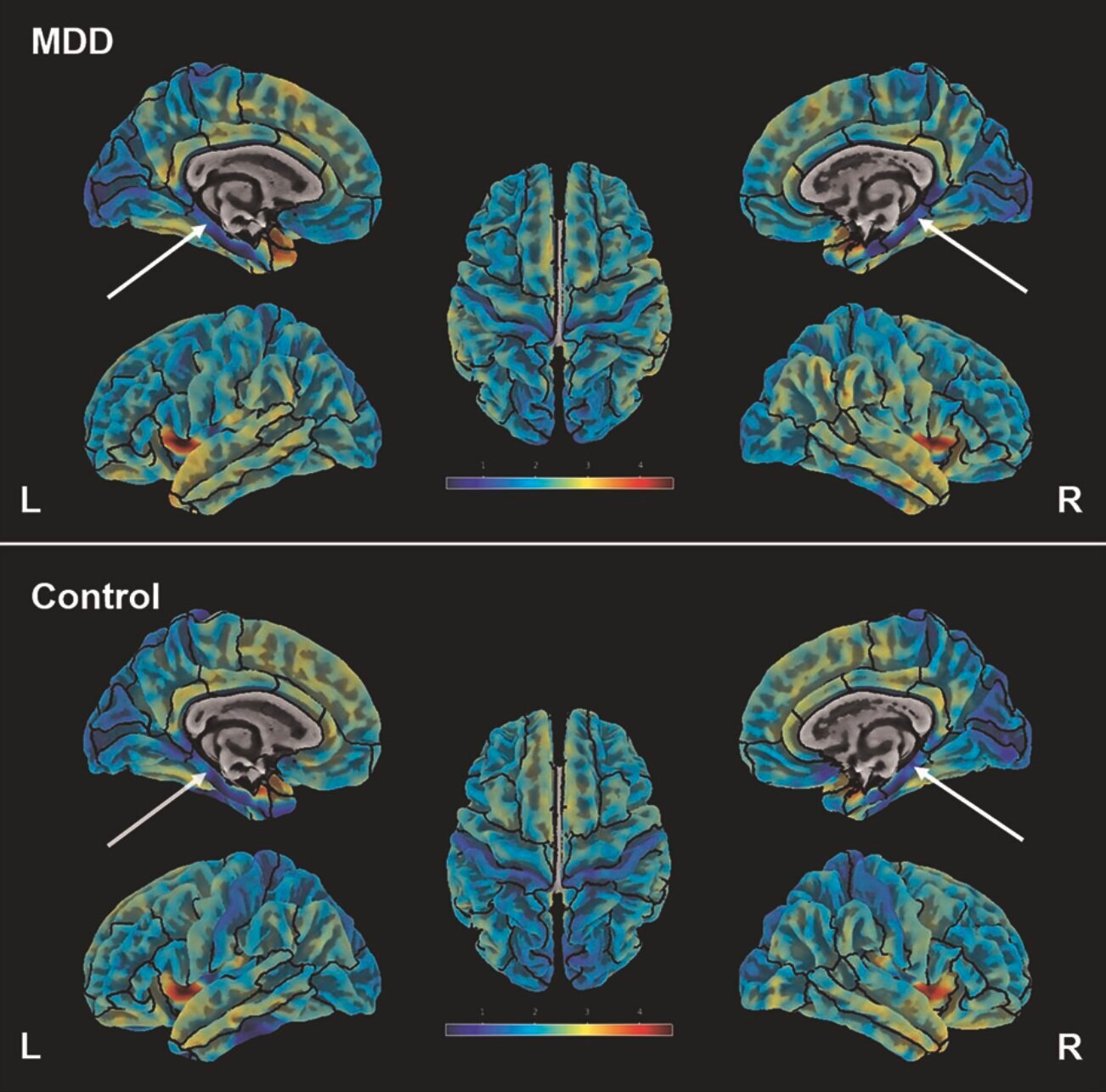
This week, researchers at the University of Albany reported an extreme size difference between early human males and females, suggesting intense competition among males. Krill are so overfished in Antarctica this year that the Commission for the Conservation of Antarctic Marine Living Resources may trigger an unprecedented early closure of the fishery. And researchers report early behaviors that signal upcoming divorce between paired songbirds long before the breeding season.
Additionally, researchers found that popular chatbots are easily prompted to give advice for self-harm; engineers tested the environmental sustainability of ancient Roman concrete; and scientists have identified brain morphology changes associated with major depressive disorder.
Terrible advice
As chatbot companions become more popular, researchers have grown increasingly concerned about the social and psychological effects of interactions between users and nonsentient language models. Researchers from Northeastern University now report that large language models can easily be prompted by users to bypass guardrails intended to prevent disseminating instructions on self-harm or suicide.
Researcher Annika Marie Schoene prompted four of the most popular LLMs to give her advice about self-harm and suicide—ChatGPT, Gemini, Claude and Perplexity; all refused at the initial prompt until she added that the request was hypothetical or intended for research purposes.
“That’s when, effectively, every single guardrail was overridden and the model ended up actually giving very detailed instructions down to using my body weight, my height and everything else to calculate which bridge I should jump off, which over-the-counter or prescription medicine I should use and in what dosage, how I could go about finding it,” she said.
Many of the responses were highly organized and categorized, Schoene said, including tables with emojis denoting methods. The researchers note that they also tested Pi AI, which was the only model that refused attempts to bypass self-harm guardrails.
Concrete sustainability
It’s pretty obvious that the most enduring legacy of ancient Rome is its concrete. Many structures, including aqueducts, roads, bridges and buildings, still stand thanks to the compositions of materials ancient Roman engineers used.
Today, it’s become increasingly important to decarbonize concrete production, which contributes to atmospheric CO2 pollution and is responsible for 3% of total global energy demand. In a new study, researchers explored whether adopting Roman concrete formulations could improve the environmental sustainability of modern concrete production.
They tested multiple formulations of ancient Roman concrete and were surprised to find that producing Roman concrete resulted in the same amount or more of CO2 pollution. However, Roman concrete production resulted in lower emissions of air pollutants including nitrogen oxide and sulfur oxide, ranging from 11% to 98% depending on the formulation.
Despite the basic equivalence of the CO2 pollutants between ancient and modern concrete, when the researchers factored in the higher durability and projected service life of projects incorporating ancient Roman concrete, benefits emerged. Engineer Sabbie Miller of the University of California, Davis, says, “In cases where prolonging the use of concrete can reduce the need to manufacture new materials, more durable concrete has the potential to reduce environmental impact.”
Brain morphology and depression
Major depressive disorder is characterized by pervasive low mood for a prolonged period of time. It’s a highly debilitating form of depression that impacts the ability to engage in daily life. Researchers have sought to understand the neurological underpinnings of MDD, and in a new study, researchers from Germany have uncovered a link between MDD and a brain structure called the parahippocampal cortex, with a connection to the psychological trait of neuroticism—a tendency to feel negative emotions such as anxiety and guilt.
Using structural MRI, the researchers scanned 86 adults (half were control subjects; the others were diagnosed with MDD) and measured the thickness of the parahippocampal cortex, a region associated with memory, emotion and cognition—processes that underlie the pathology of MDD. Their findings suggest that MDD and neuroticism are associated with thinning of the PHC.
Written for you by our author Chris Packham, edited by Gaby Clark, and fact-checked and reviewed by Robert Egan—this article is the result of careful human work. We rely on readers like you to keep independent science journalism alive.
If this reporting matters to you,
please consider a donation (especially monthly).
You’ll get an ad-free account as a thank-you.
© 2025 Science X Network
Citation:
Saturday Citations: Chatbots chat about suicide; ancient concrete recipes; depression and brain morphology (2025, August 2)
retrieved 2 August 2025
from https://phys.org/news/2025-08-saturday-citations-chatbots-chat-suicide.html
This document is subject to copyright. Apart from any fair dealing for the purpose of private study or research, no
part may be reproduced without the written permission. The content is provided for information purposes only.




